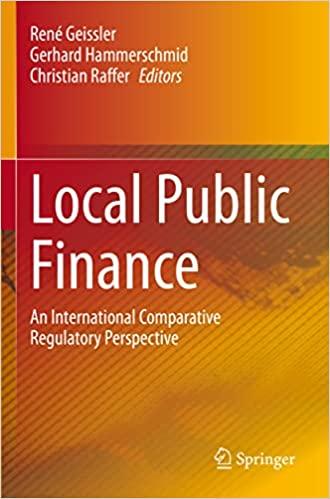
14) Consider the following statements: The interest tax shield for a firm: I. Is the tax benefit a firm derives from paying interest II. Will decrease as the corporate income tax rate is increased III. Is the yield to maturity on a firm's bonds multiplied by the market value of the bonds outstanding Which of the statements is TRUE? a. I only b. II only c. III d. I, II and II only e. None of the above 15) Consider the following statements: The Trade-off theory of capital structure cannot explain the following: I. Why profitable firms have lower debt ratios II. Why bankruptcy costs increase as leverage increases III. Why managers may choose to have a debt-to-equity ratio of less than 0.99 Which of the statements above is TRUE? a. I, II and III b. I and II only c. I and III only d. II and III only e. I only. 16) Consider the following statements: The traditional view of capital structure with no taxation or bankruptcy costs is: I. At low levels of debt there is a gain to the firm from taking on more debt II. There is an optimal capital structure III. The weighted average cost of capital is unaffected by the debt-equity ratio Which of the following is correct? a. I, II and III b. I and II only c. I and III only d. II and III only e. I only. 17) In relation to the efficient markets hypothesis, consider the following observations: I. Mutual fund managers do not on average make superior returns. II. In any year approximately 50 percent of all pension funds outperform the market. III. It is possible to make superior returns by buying or selling stocks after the announcement of an abnormal rise in earnings. IV. Managers who trade in their own stocks make superior returns. Which of the following statements is TRUE? a. I does not provide evidence against semi-strong form efficiency, but II does provide evidence against semi-strong form efficiency. b. II does not provide evidence against semi-strong form efficiency, but I does provide evidence against semi-strong form efficiency. c. Both I and II provide evidence against the semi-strong form of market efficiency d. III provides evidence against semi-strong form efficiency and IV provides evidence against strong form efficiency. e. III and IV provide evidence against semi-strong form efficiency







